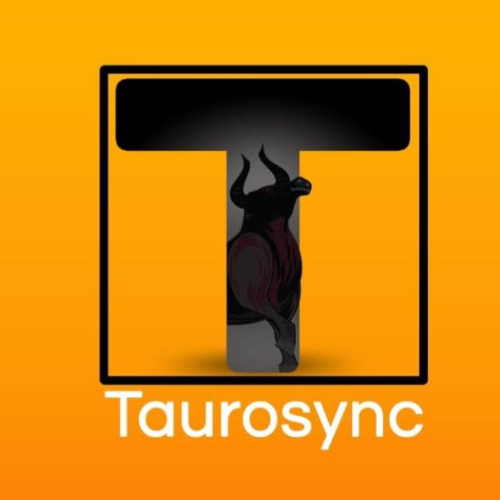Optimizing Your Website for Better Search Visibility
In the world of digital marketing, Search Engine Optimization (SEO) plays a vital role in helping websites rank higher on search engines like Google. One of the most fundamental components of SEO is On-Page SEO—a practice that involves optimizing individual web pages to improve their position in search engine results and attract more relevant traffic.
Unlike off-page SEO, which focuses on external factors like backlinks, on-page SEO is fully within your control, making it a critical part of any successful SEO strategy.

What is On-Page SEO?
On-Page SEO refers to all the measures that can be taken directly on your website to improve its ranking and visibility. This includes optimizing content, HTML source code, site structure, and other technical elements. The main goal is to make your website more understandable and accessible for both users and search engines.

Boost Your Rankings with Smart On-Page SEO Techniques
The title tag is one of the most important on-page SEO elements. It appears as the clickable headline in search engine results. Each page should have a unique, descriptive title that includes the main keyword and encourages clicks.


The Role of Internal Linking in On-Page SEO
Meta Descriptions
Meta descriptions provide a brief summary of a web page’s content. While they don’t directly affect rankings, well-written meta descriptions can significantly increase click-through rates.
Tip: Include target keywords and keep the length between 150–160 characters.
Header Tags (H1, H2, H3…)
Headers help structure your content for readability and search engines. The H1 tag should include your primary keyword and clearly define the page topic. Use H2s and H3s to organize subtopics and improve user experience.
Keyword Optimization
Incorporate your target keywords naturally throughout your content—including in titles, headers, and the body text. Avoid keyword stuffing, which can lead to penalties. Use synonyms and related terms (LSI keywords) to enhance context.
URL Structure
Clean and keyword-rich URLs are better for both users and search engines. Use hyphens to separate words and avoid long strings of numbers or irrelevant characters.
Example:
Good: www.example.com/seo-services
Bad: www.example.com/page?id=12345
Internal Linking
Linking to other pages within your website helps distribute link equity and keeps users engaged longer. It also helps search engines crawl your site more effectively.
Example: A blog post on SEO tools can internally link to your services page on SEO audits.
Image Optimization
Images should be compressed for fast loading and include alt text that describes the image content. Alt text improves accessibility and helps search engines understand your visuals.
Content Quality
Google rewards websites with high-quality, unique, and valuable content. Your content should:
- Satisfy the user’s search intent
- Provide accurate, well-organized information
- Be updated regularly
Long-form content tends to perform better, especially when it’s well-structured and informative.
Mobile Friendliness
With mobile-first indexing, Google prioritizes the mobile version of your website for ranking. Ensure your website is responsive and loads quickly on all devices.
Page Speed
Slow-loading pages frustrate users and harm rankings. Use tools like Google PageSpeed Insights to identify and fix performance issues.



